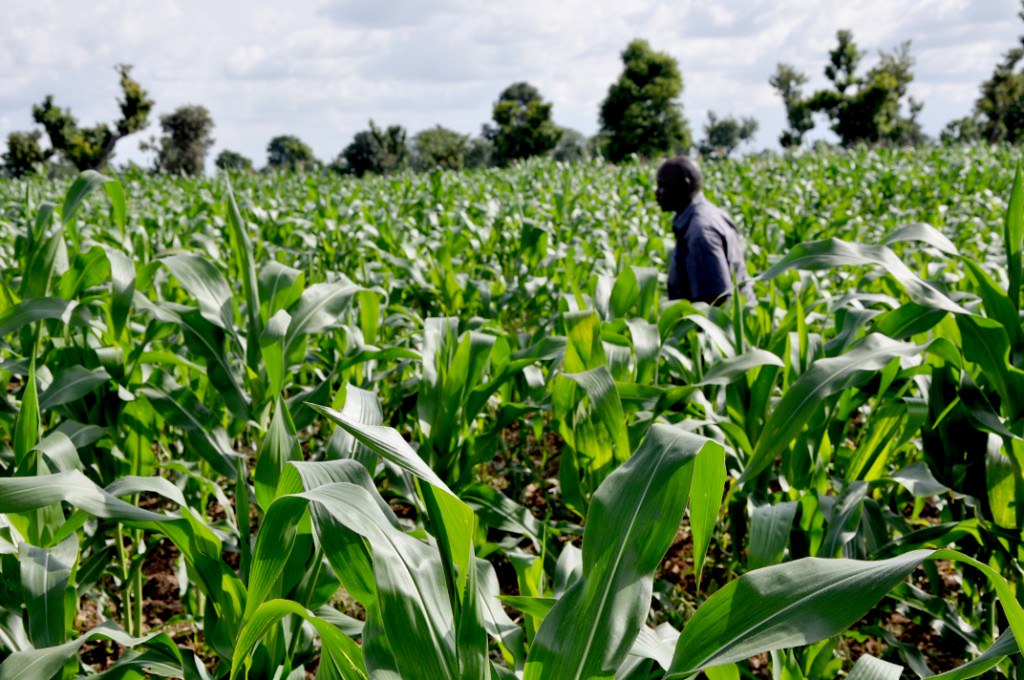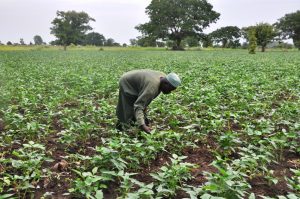
Regenerative agriculture is an approach to farming and land management that focuses on restoring and enhancing the health of ecosystems while also producing food and other agricultural products. The core principle behind regenerative agriculture is to work with nature rather than against it, aiming to improve soil health, biodiversity, and water quality while mitigating climate change. Regenerative agriculture is basically concerned about regenerating the topsoil to allow farmers to have continuous crop yield, improve water retention and farm profitability generally.
How to Practice Regenerative agriculture.
- Reduced use of chemical inputs.
- Planting of cover crops.
- Biodiversity
- Practice crop rotation.
- Holistic Management.
- Reduced use of Chemical inputs: The use of non-organic fertilizer, pesticide, herbicides, etc. that are gotten from processed minerals and are produced in factories are not encouraged when practicing regenerative agriculture. This is because it leads to an imbalance of organisms in the soil and this in turn weakens the soil and affects the natural way through which plants absorb nutrients. Instead, the use of natural organic inputs like animal manure, compost, etc to maintain soil fertility, control pests and diseases.
- Planting of Cover Crops: Farmers are encouraged to plant cover crops like legumes, cereals and vegetables in between cash crops or even generally in order to prevent soil erosion, boost soil fertility, suppress weeds, and fix nitrogen in the soil. Planting of cover crops is one of the ways to practice regenerative agriculture because these crops grow rapidly and they cover the soil as the name implies.
- Biodiversity: Biodiversity refers to the variety and variability of life on Earth at all levels, from genes and species to ecosystems and biomes. Encouraging biodiversity is a key aspect of regenerative agriculture. Farmers strive to create diverse ecosystems on their land by planting a variety of crops, incorporating native plants, and providing habitat for beneficial insects and wildlife. This helps reduce the need for chemical pesticides and promotes natural pest control.
- Practicing of Crop Rotation: Crop rotation is a practice where different crops are planted in sequence on the same piece of land. This helps break pest and disease cycles, improves soil nutrient balance, and reduces the need for chemical inputs.
- Holistic Management: Many regenerative farmers take a holistic approach to land management, considering the entire ecosystem. This may involve integrating livestock into cropping systems, employing rotational grazing techniques, and maintaining healthy forests and wetlands.
- Soil Health: Regenerative agriculture prioritizes soil health as the foundation of productive farming. Farmers focus on building and maintaining healthy soils through practices such as minimal tillage, cover cropping, and crop rotation. These practices increase soil organic matter, improve soil structure, and enhance its ability to hold water and nutrients.

Benefits of Regenerative Farming.
Regenerative farming offers a wide range of benefits not only to the farmers but also to the environment and society at large. Some of the benefits are listed below:
- Soil Health Improvement: Regenerative agriculture helps to improve soil health, fertility which automatically leads to excellent harvest.
- Reduces Soil Erosion: Planting of cover crops helps to manage and reduce soil erosion.
- Increased Crop Resilience: Diverse cropping systems and healthy soils make crops more resilient to pests, diseases, and extreme weather events. This can lead to more stable and reliable yields.
- Water Conservation: Techniques like cover cropping and reduced tillage help conserve water by reducing soil erosion and improving water infiltration. This can be particularly beneficial in regions prone to drought.
- Carbon Sequestration: Regenerative agriculture has the potential to sequester carbon dioxide from the atmosphere and store it in the soil. This helps mitigate climate change by reducing greenhouse gas emissions.
Featured Image Credit: Flickr
Image Credit: Flickr


